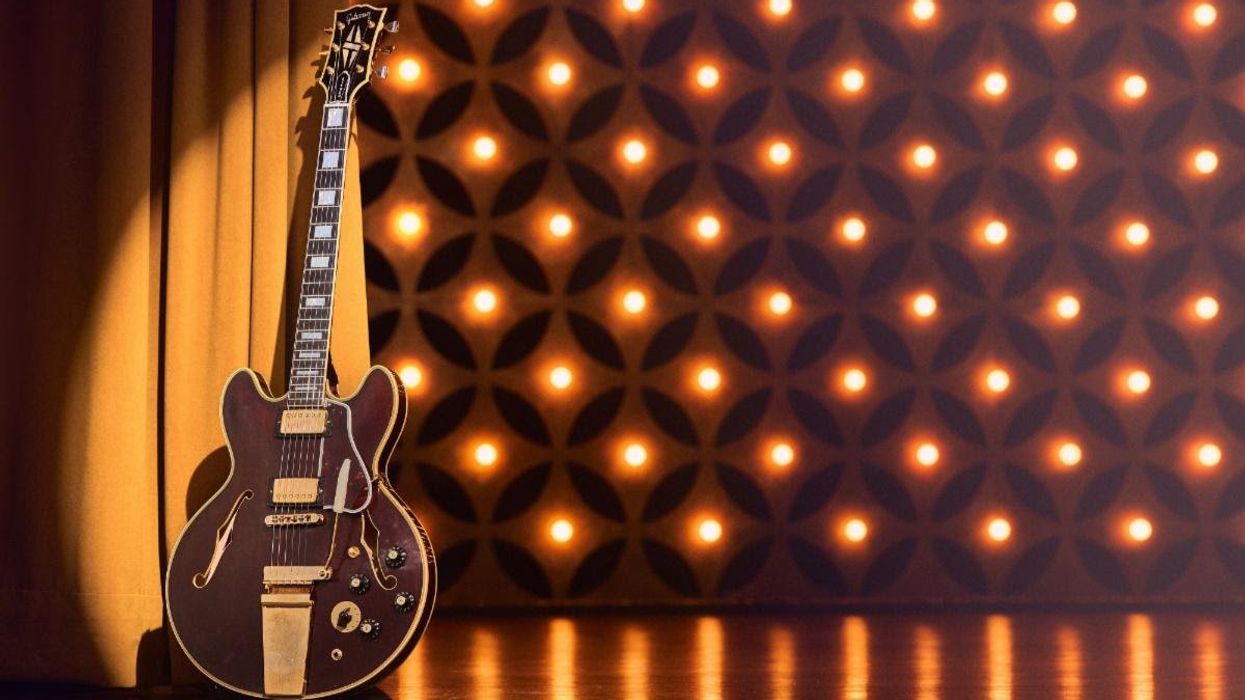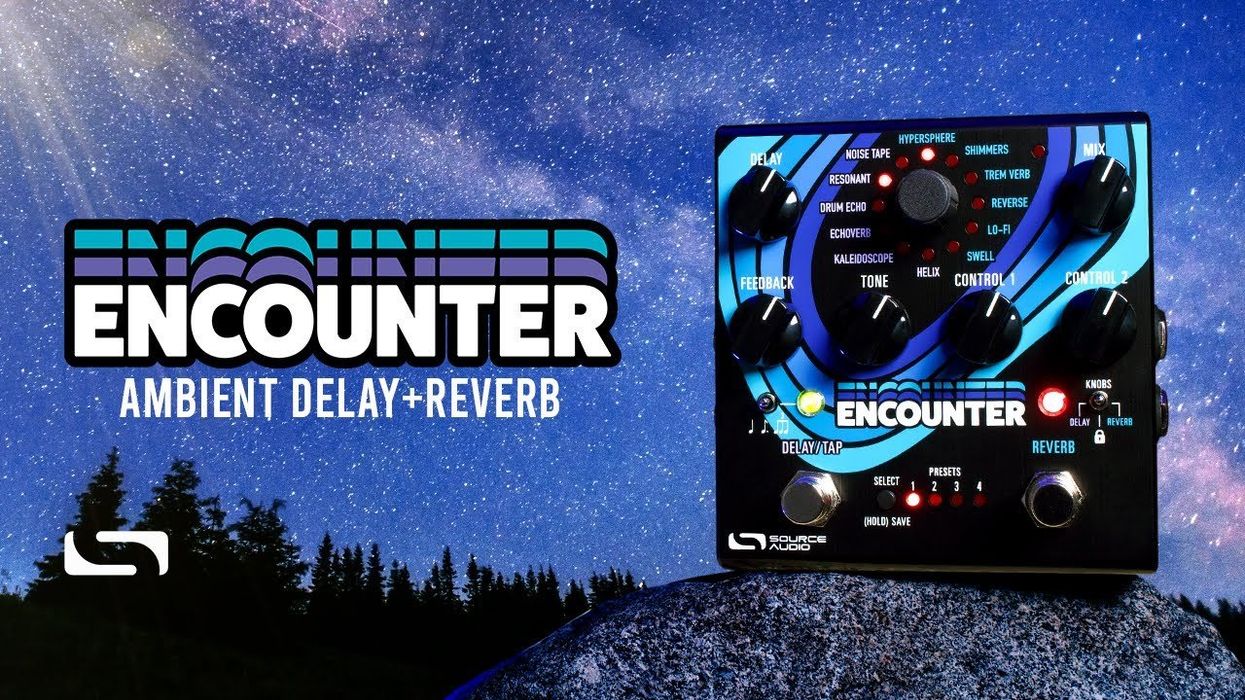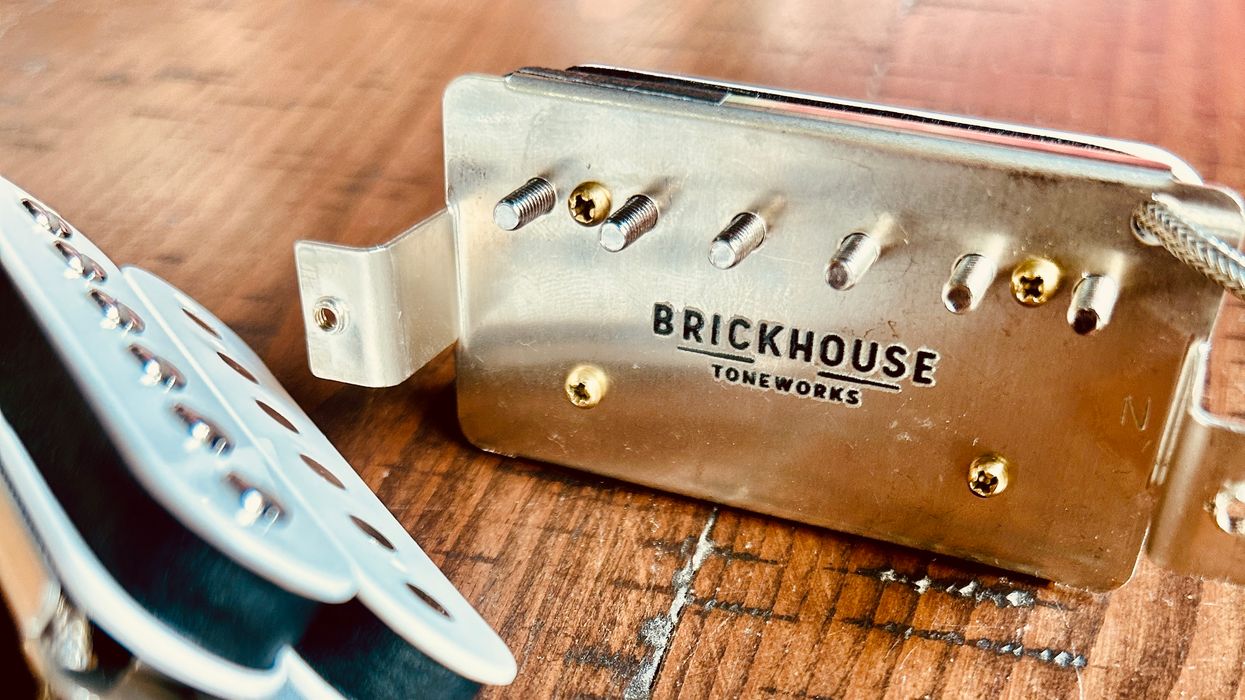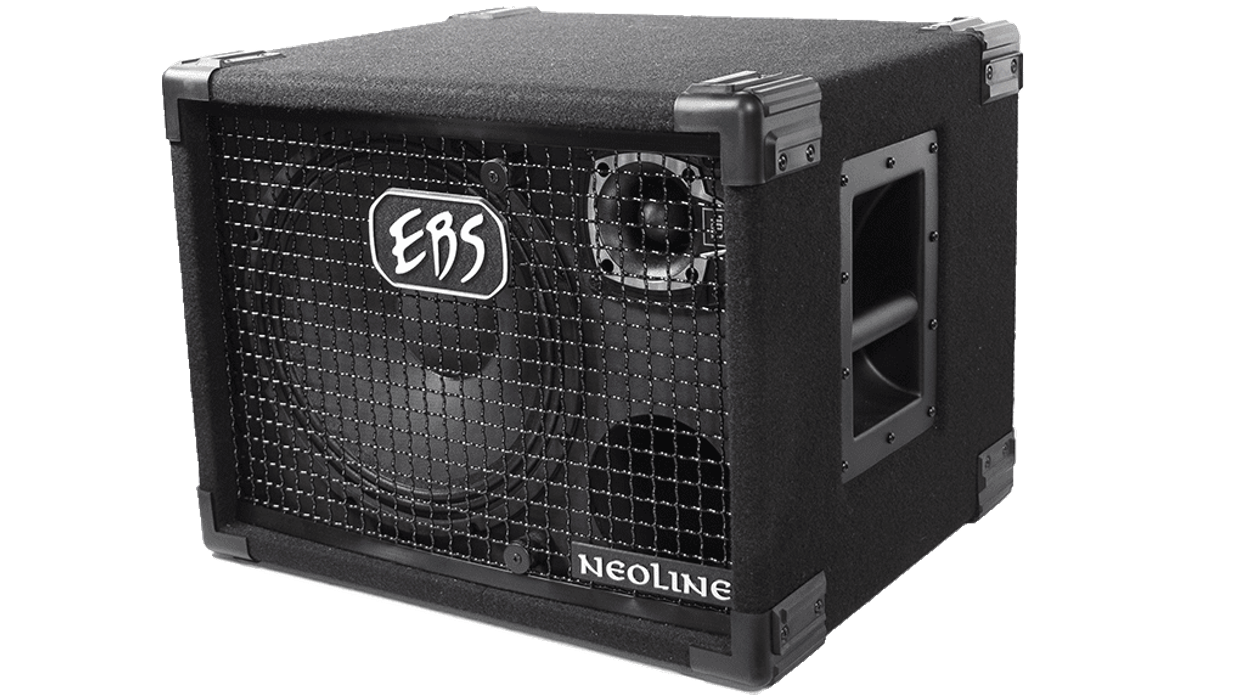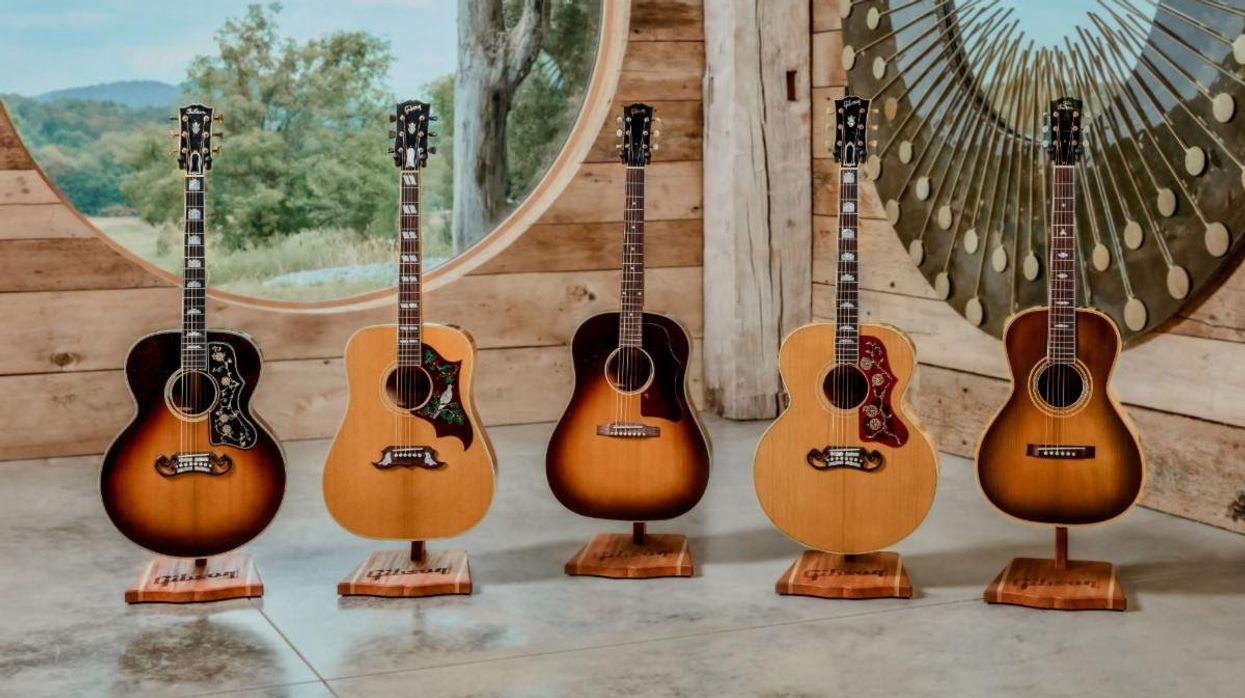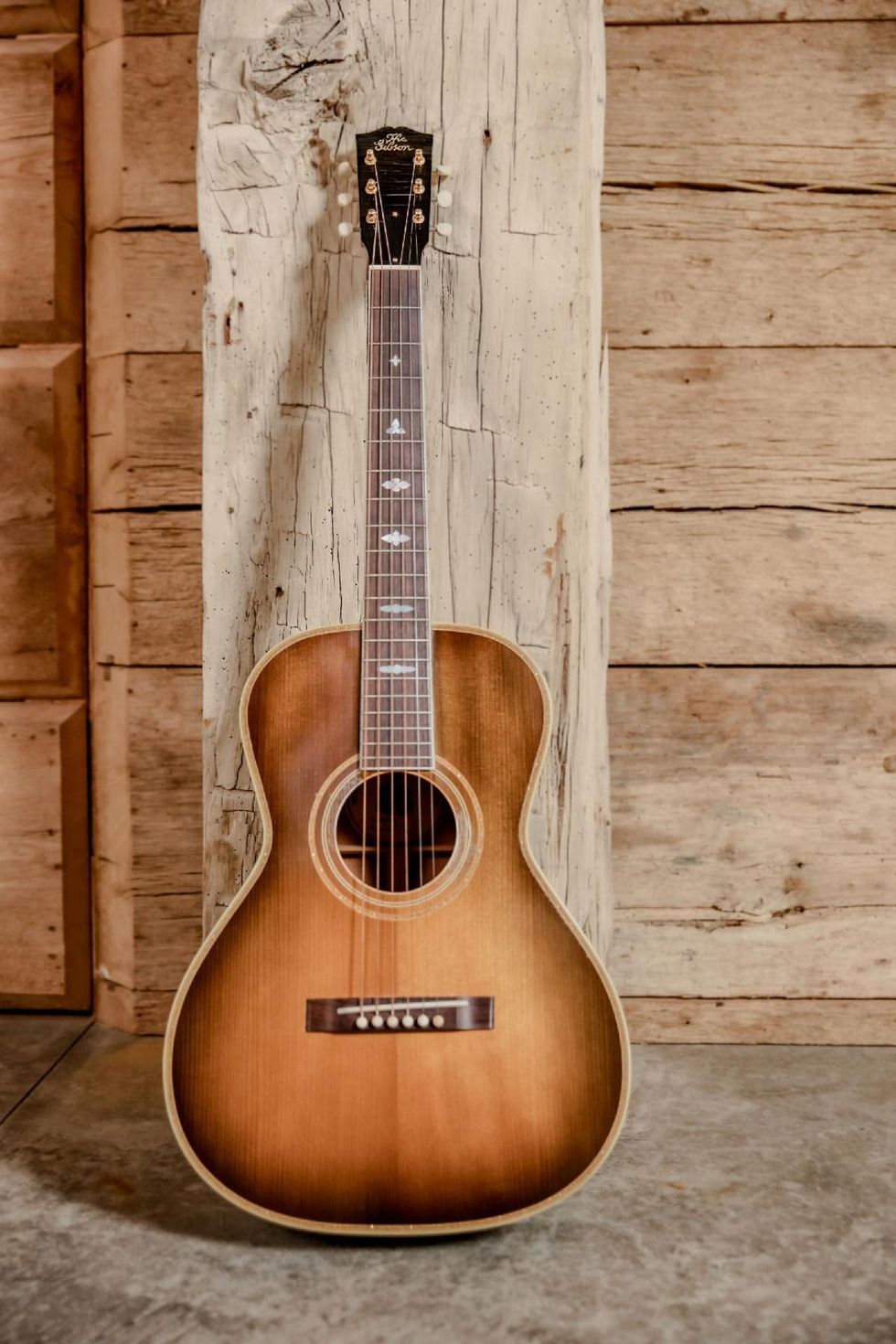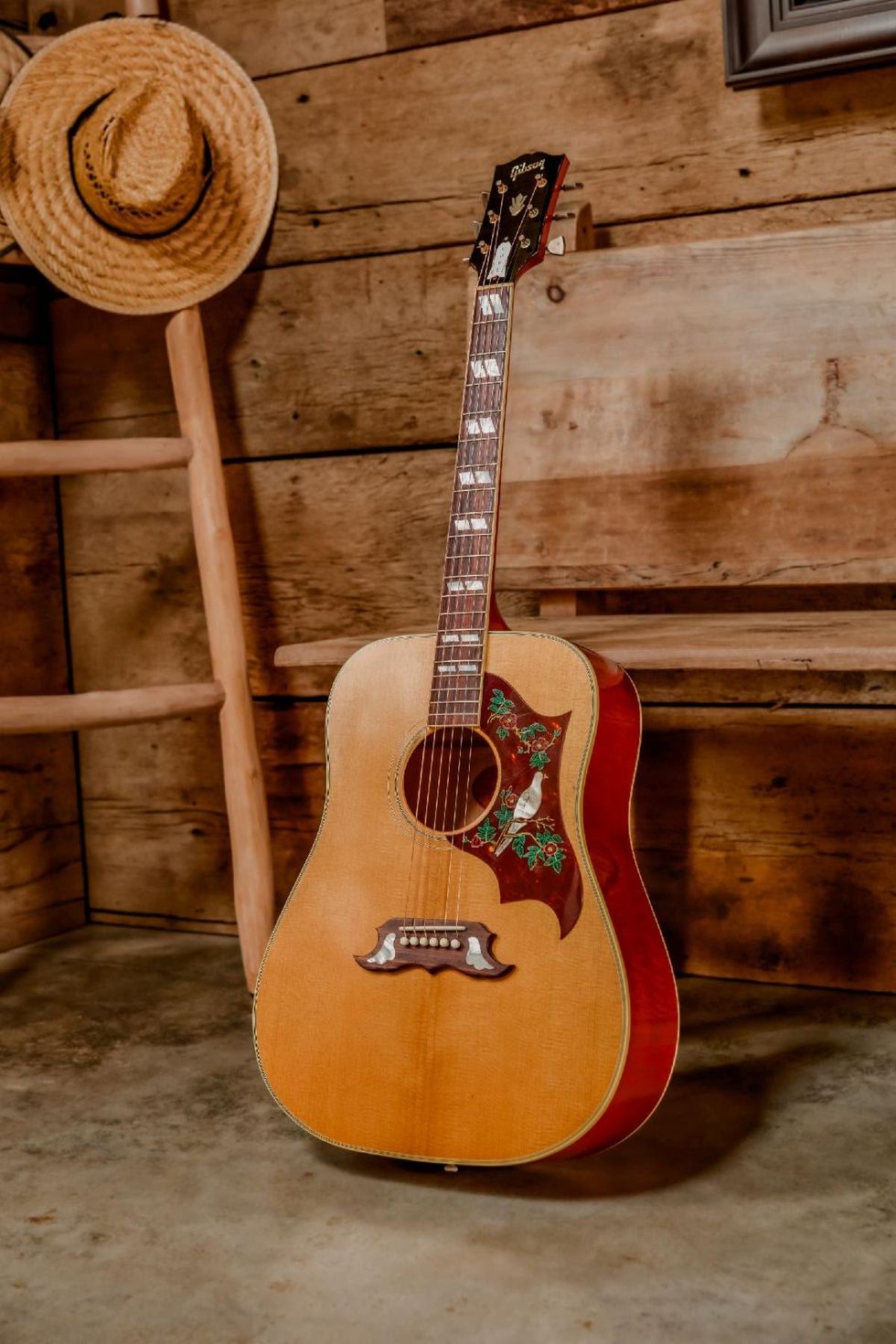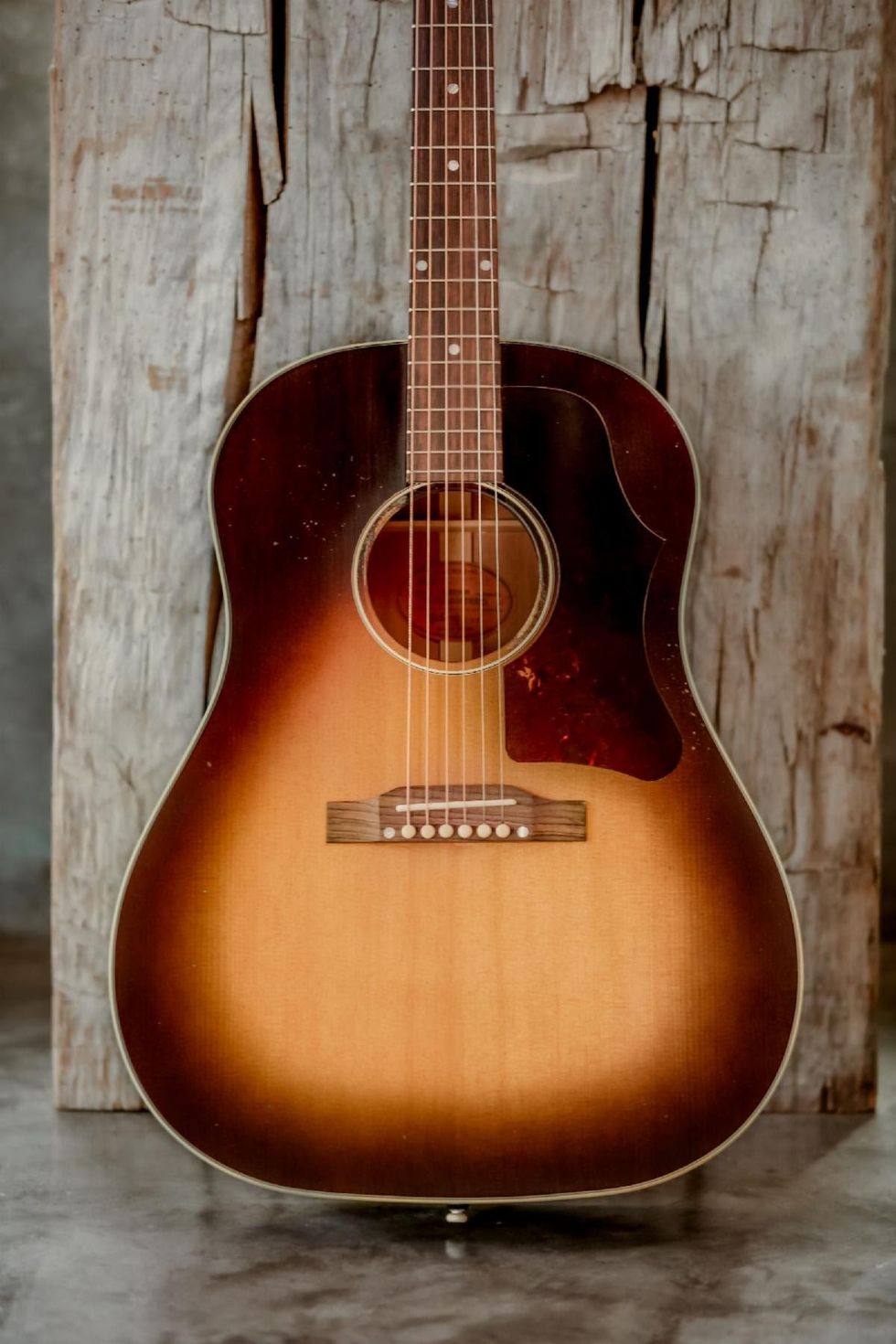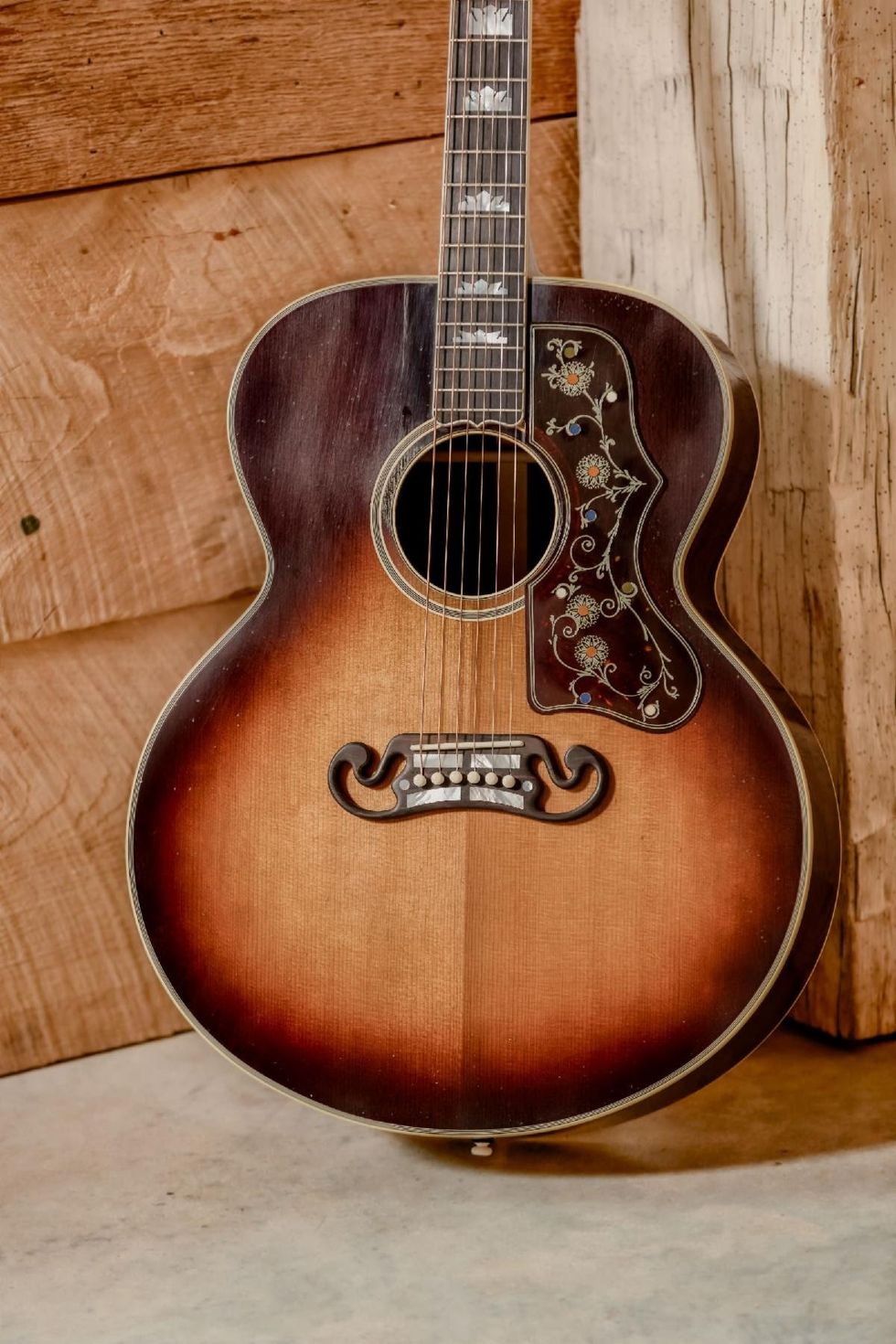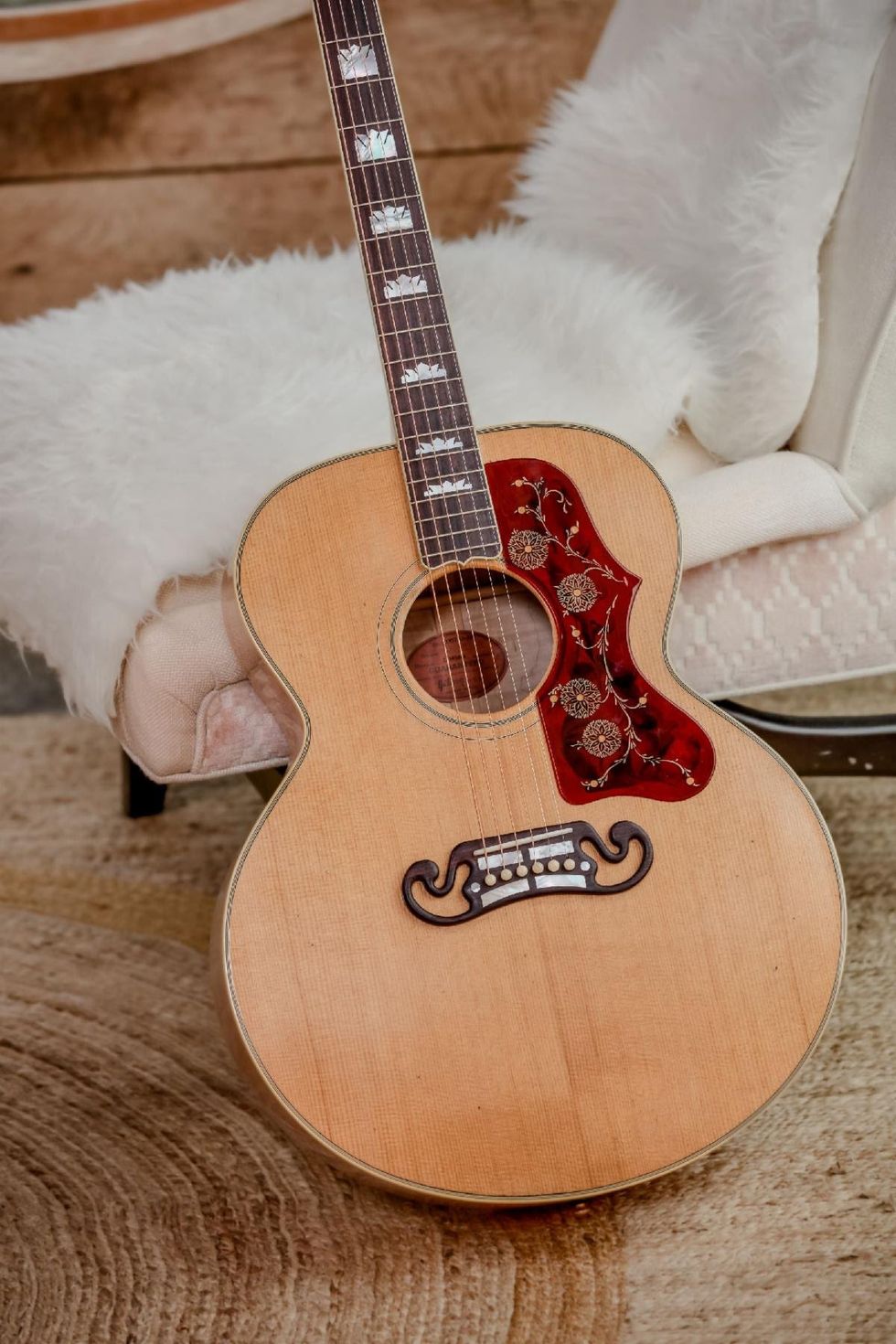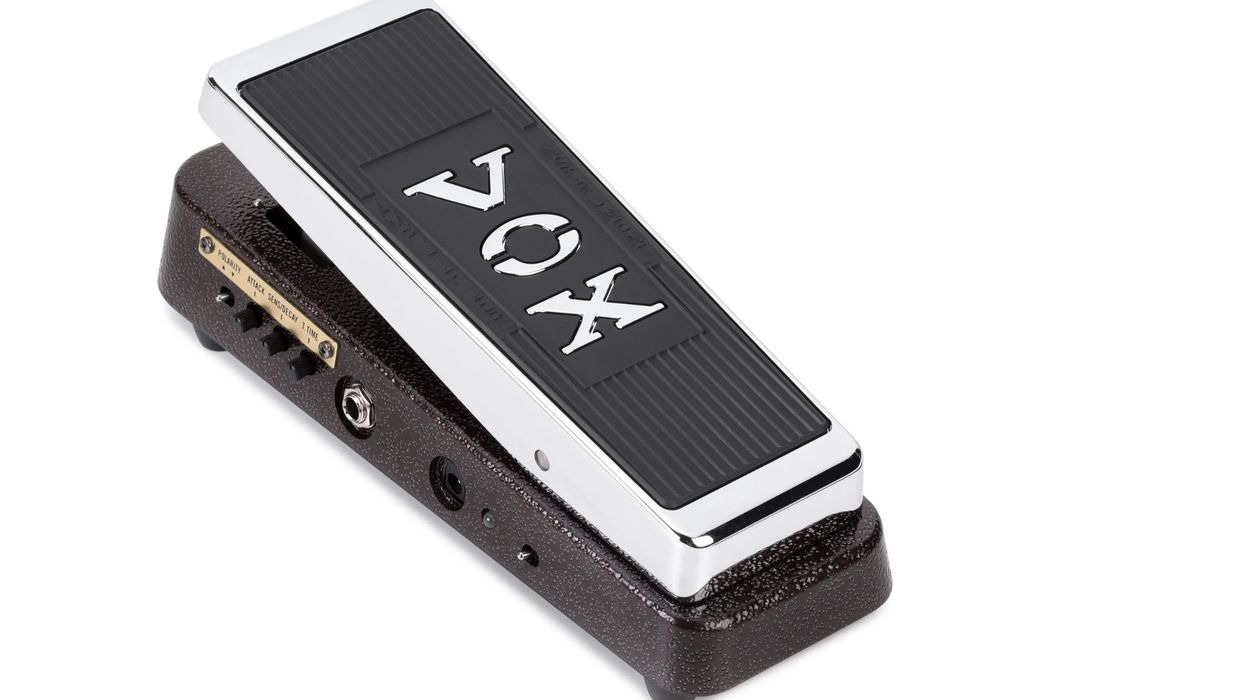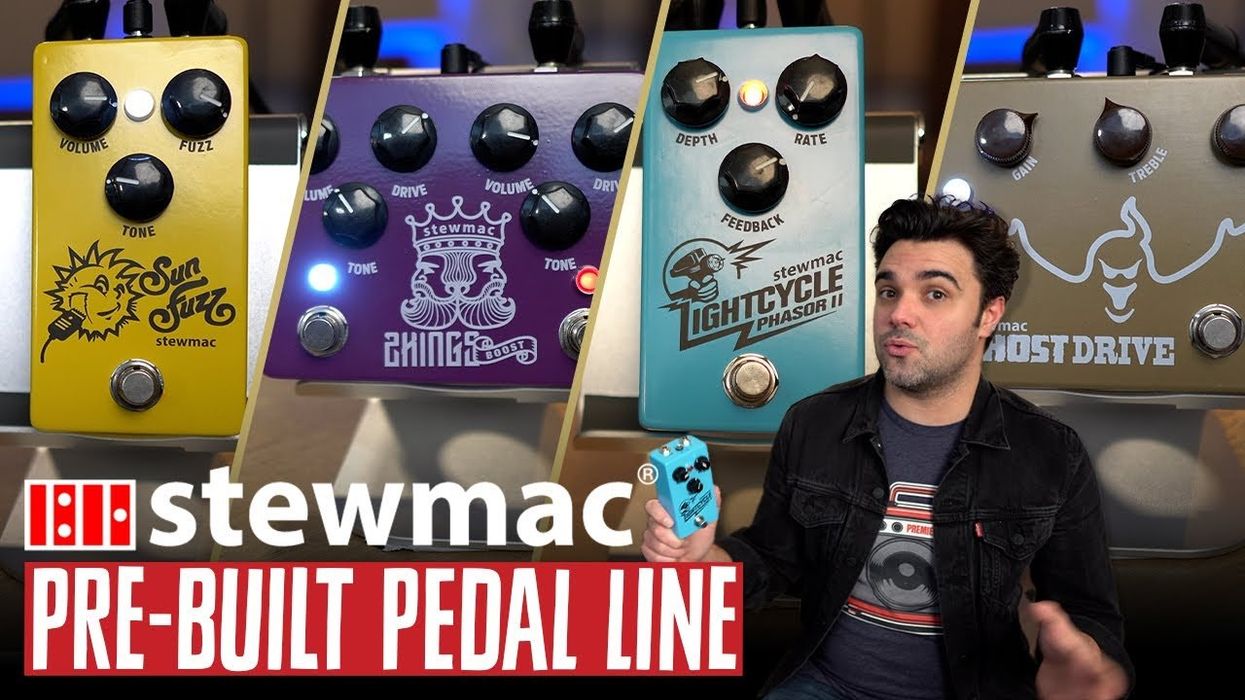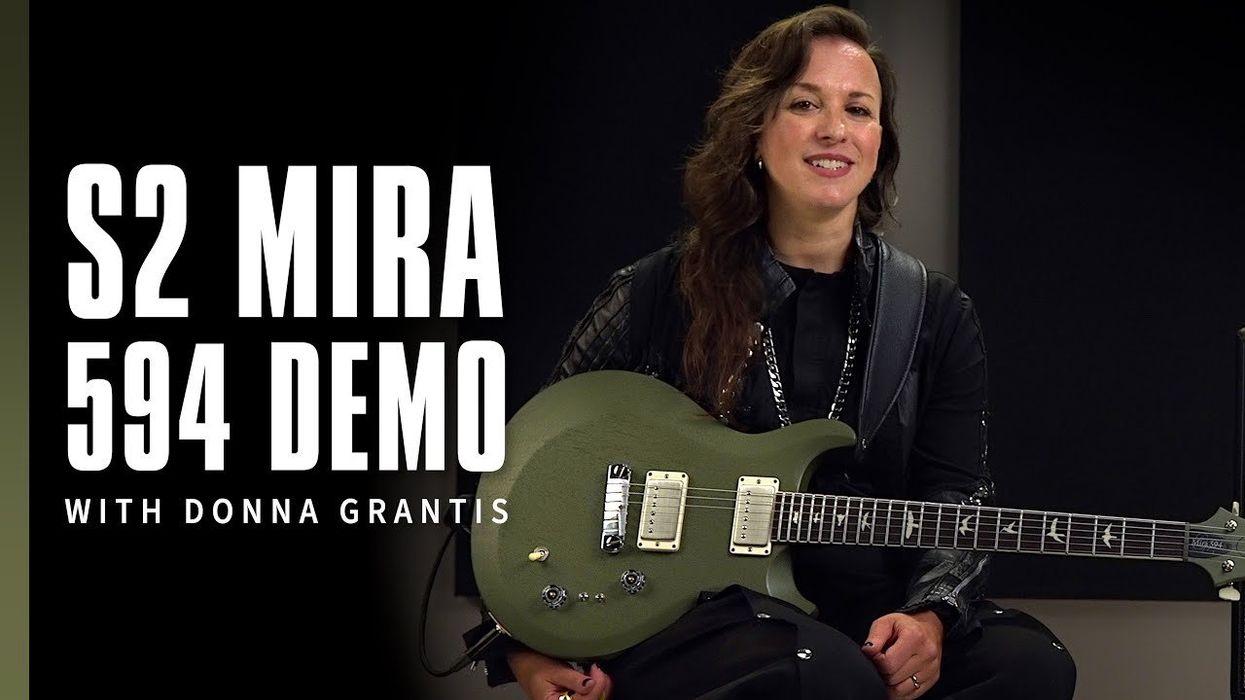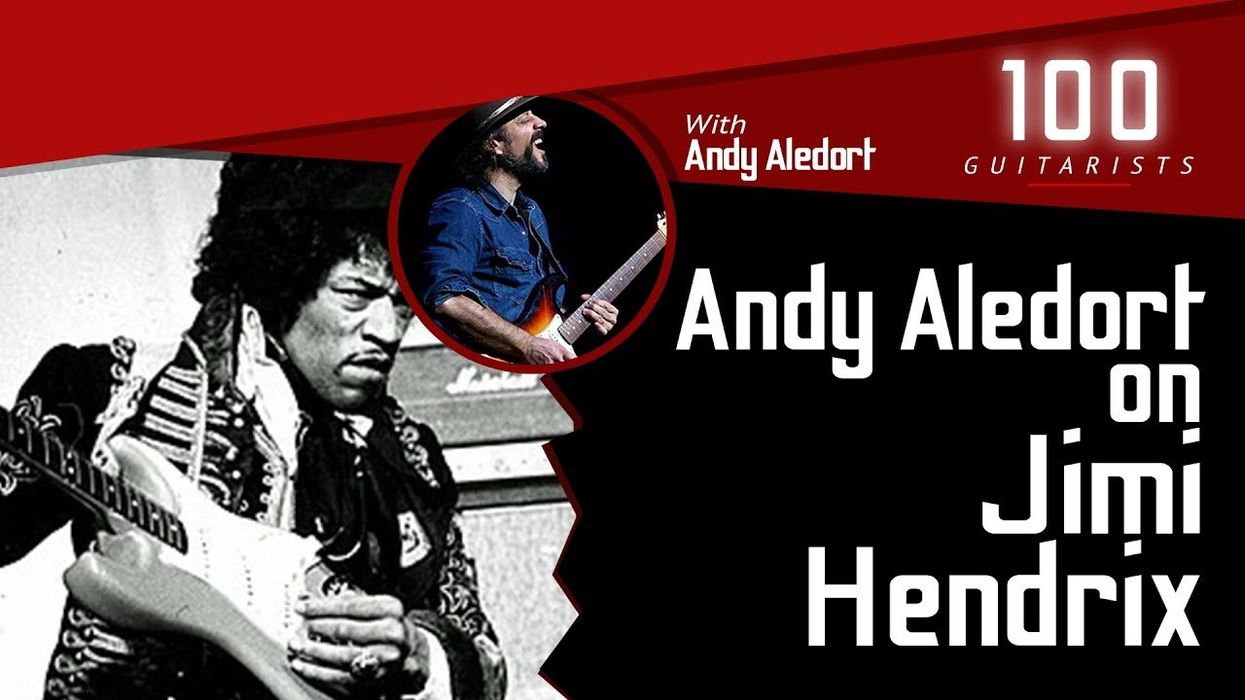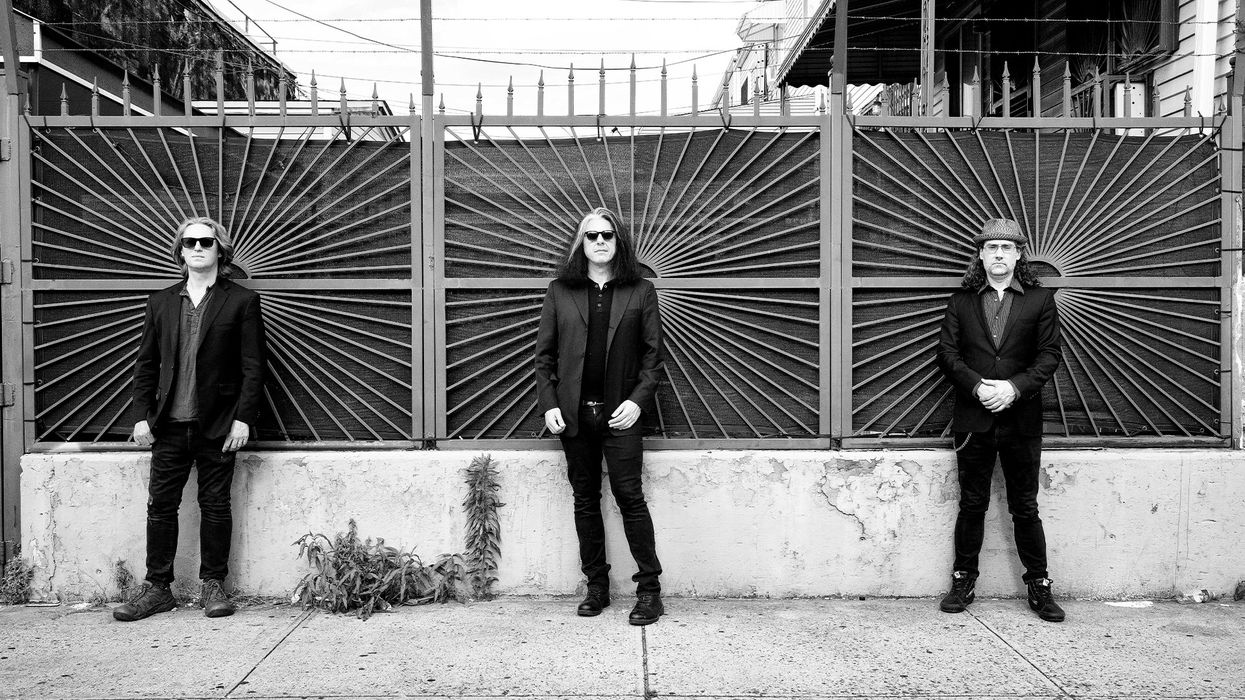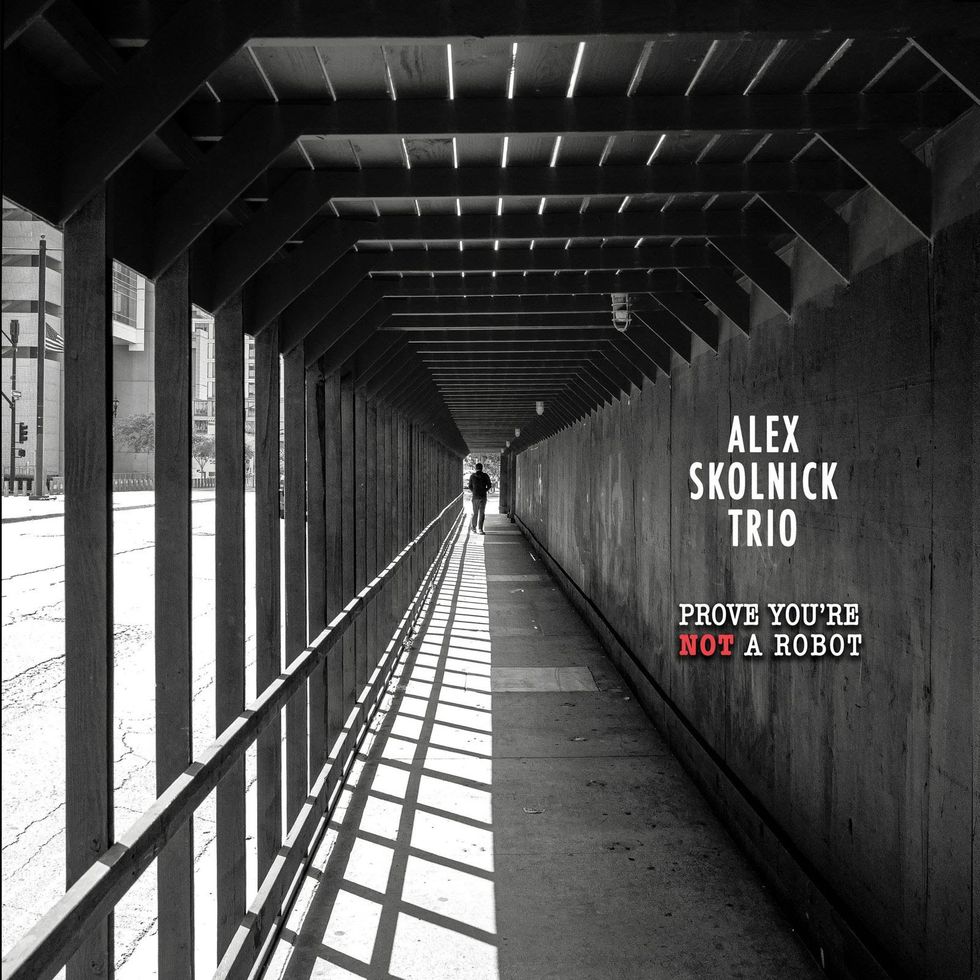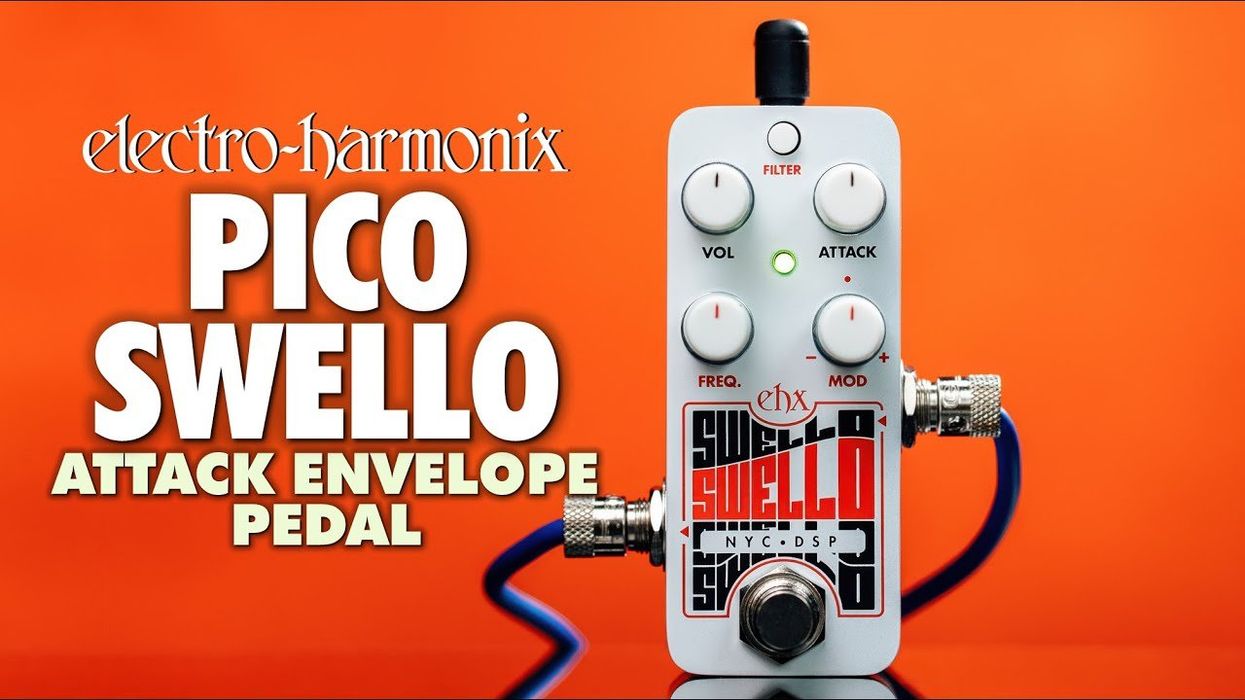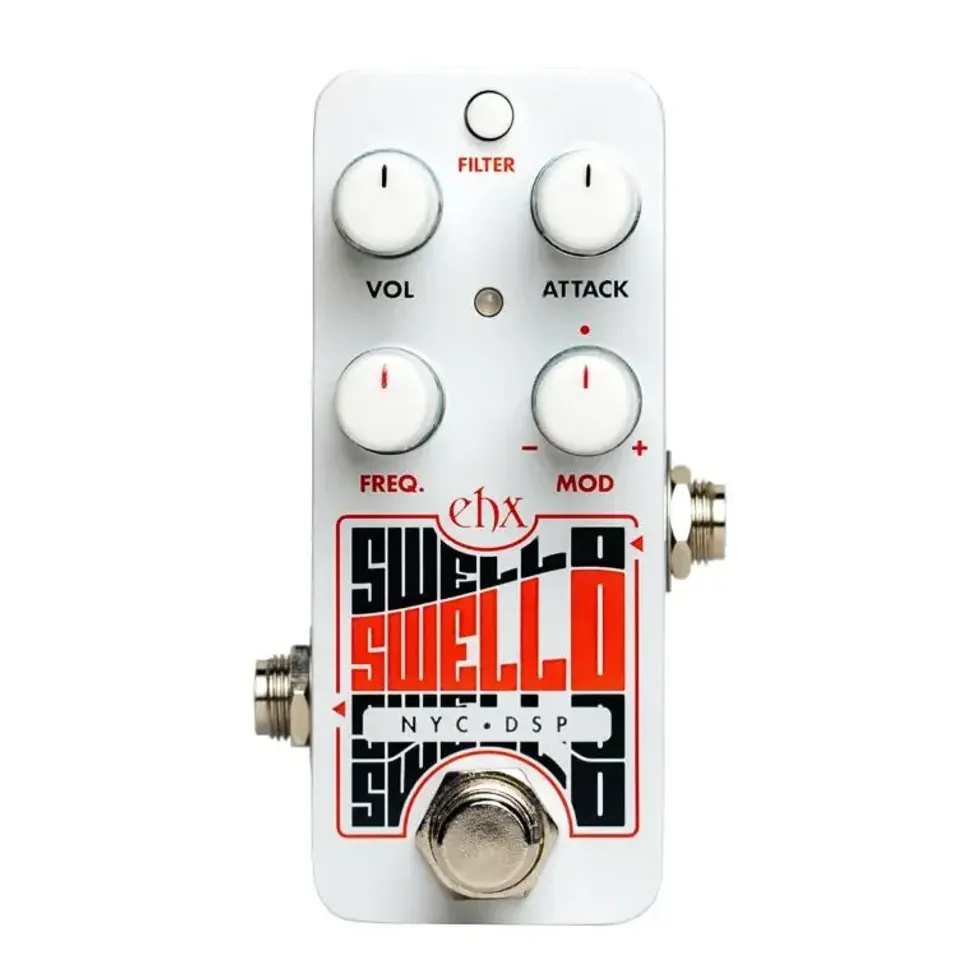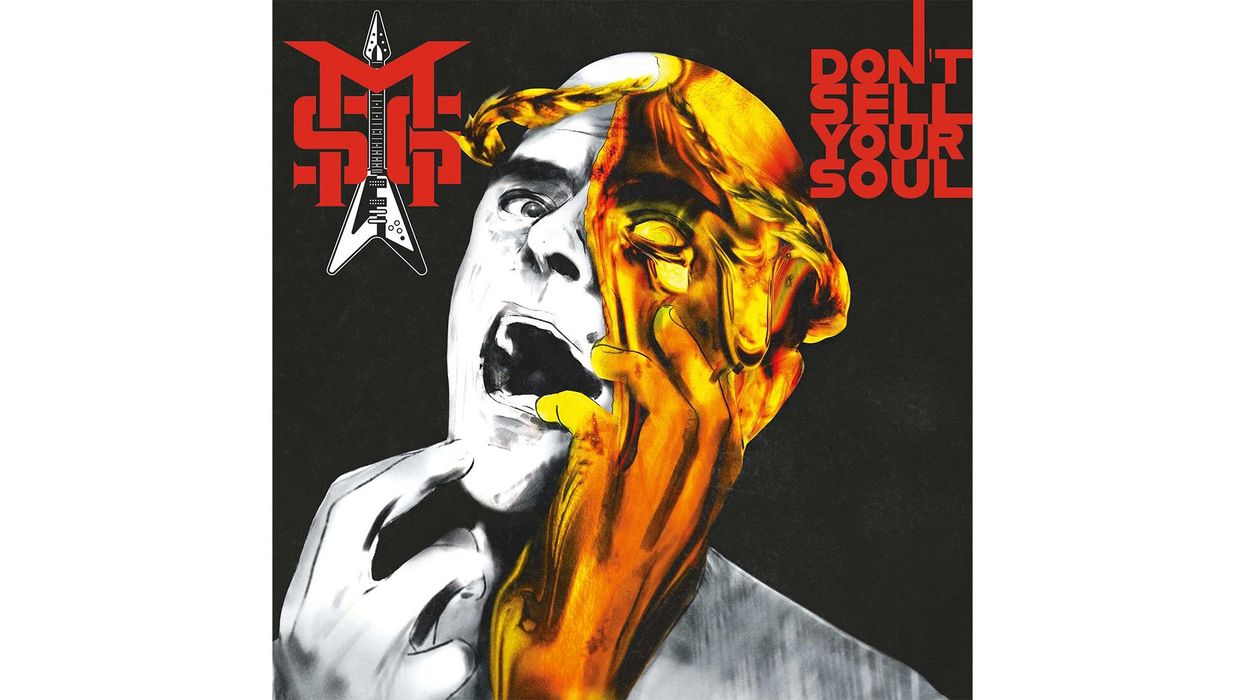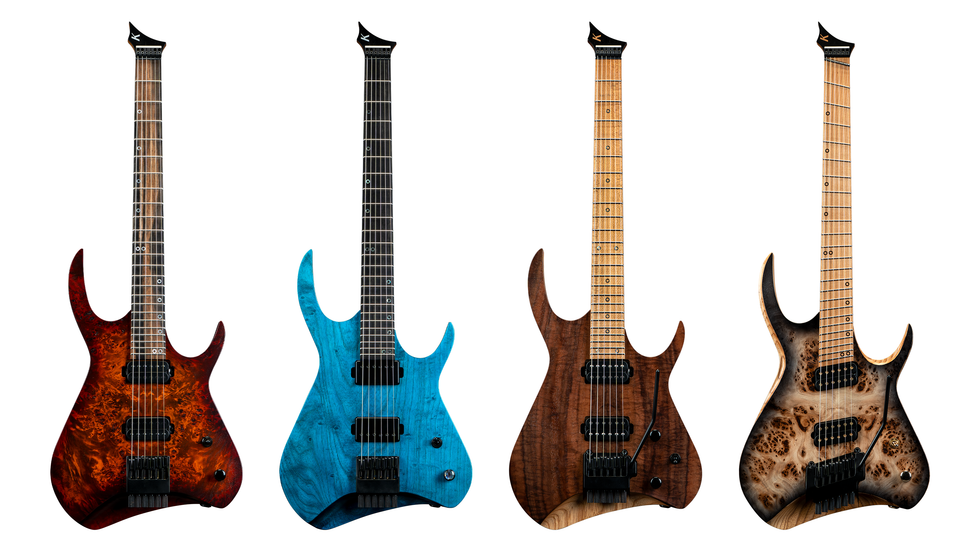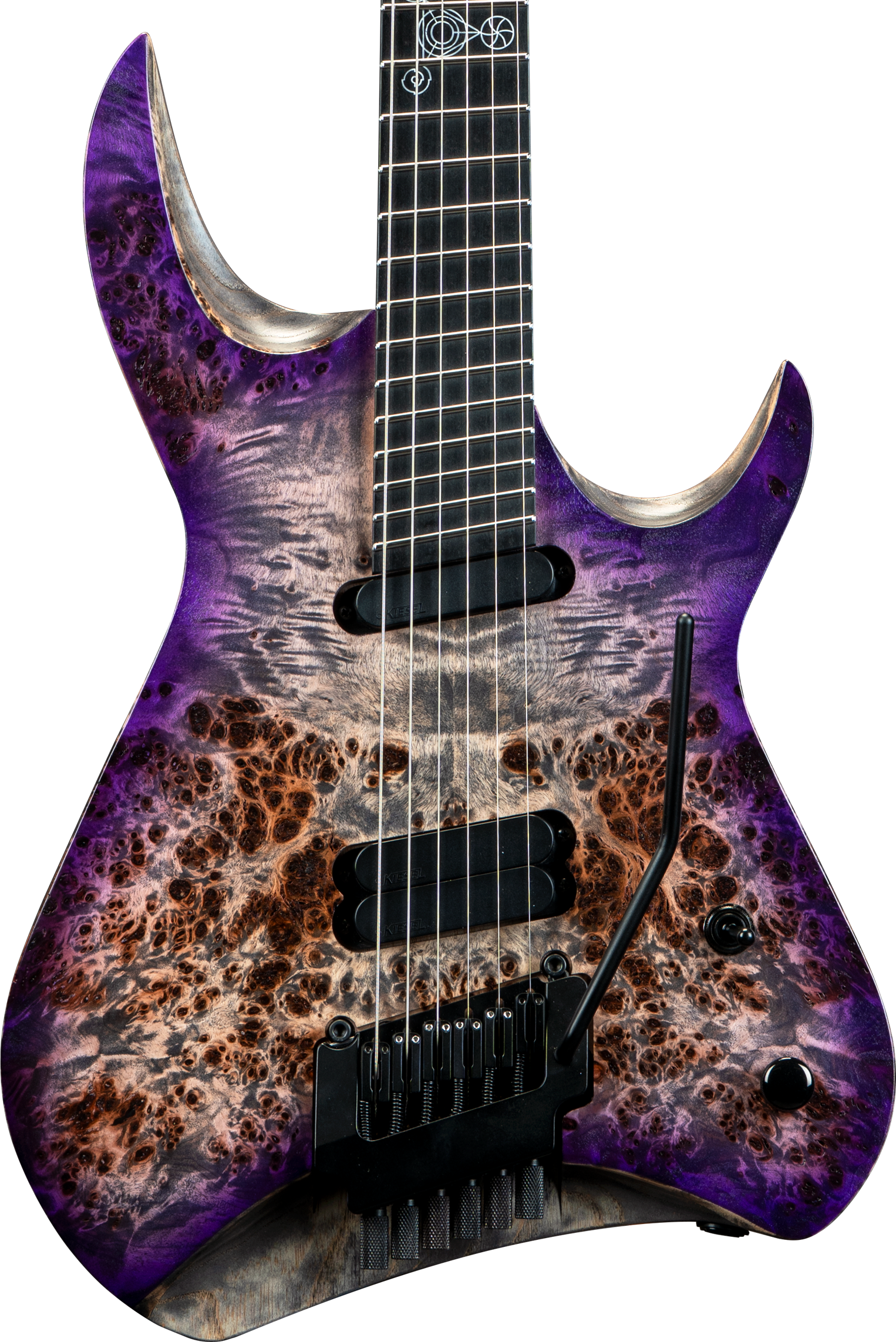Handcrafted by the Gibson Custom Shop, only 100 guitars will be made, featuring premium appointments and a Murphy Lab Light Aged Walnut finish.
B.B. King’s performance at the Zaire 74 festival--which took place September 22-24 at the Stade du 20 Mai in Kinshasa, Zaire (now the Democratic Republic of the Congo)--was a powerful moment in music history, bringing the soul of the blues to the stage, uniting a global audience. B.B. King’s performance alongside James Brown and more set the tone for one of the most iconic sporting events of all time, the “Rumble in the Jungle,” a groundbreaking heavyweight championship fight between boxing legends Muhammed Ali and George Foreman, which ended up taking place on October 30, 1974.
“B.B. King’s performance at the ‘Rumble in the Jungle’ was not just a concert--it was a defining cultural moment,” says Vassal Benford, CEO and Chairman of the B.B. King Music Company. “We are honored to collaborate with Gibson to create a guitar that captures both the artistry and spirit of B.B. King’s legendary performance. This instrument is more than a tribute-it’s a continuation of his enduring legacy, ensuring that future generations of musicians can connect with the heart and soul of the blues. The ‘Rumble in the Jungle’ guitar is a knockout, and Gibson’s craftsmanship is unmatched. This is a great surprise for the BIRTHDAY month of the Iconic Mr. King. Thank you, Gibson from the ALL of the King Family!”
Handmade by the master craftspeople of the Gibson Custom Shop in Nashville, Tennessee, the B.B. King “Rumble in the Jungle” 1974 ES-355 is an instant collector’s item, and only 100 guitars will be made.
The B.B. King “Rumble in the Jungle” ES-355 from Gibson Custom is a limited edition guitar that accurately replicates B.B.’s Walnut 1974 ES-355 he used for the concert. Like all ES-355 models, the B.B. King “Rumble in the Jungle” 1974 ES-355 features premium appointments befitting every top-of-the-line Gibson ES™ model, including mother-of-pearl fretboard inlays, Murphy Lab aged gold hardware, a Custom split diamond headstock inlay, T-Type Custombucker pickups, a mono Varitone switch, and a Maestro Vibrola tailpiece. It also comes bundled with a host of case candy that ties back to that historic festival performance, as well as the legendary Rumble in the Jungle fight itself. The B.B. King 1974 ES-355 “Rumble in the Jungle” arrives in a stunning Murphy Lab Light Aged Walnut finish, and a B.B. King “Zaire” hardshell case is also included.
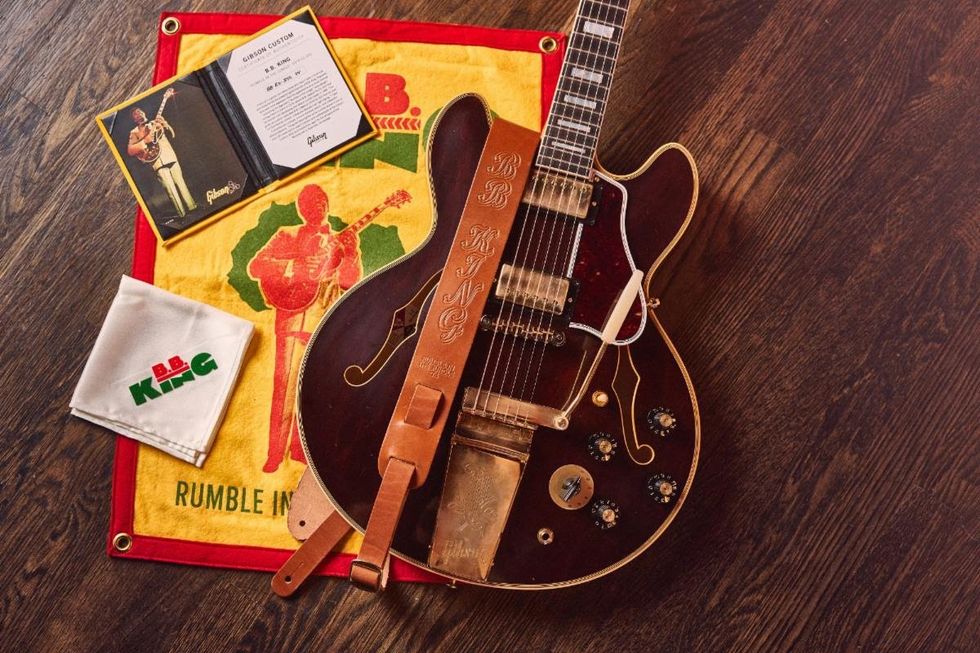
For more information, please visit gibson.com. Price: $9,999.00 USD.
